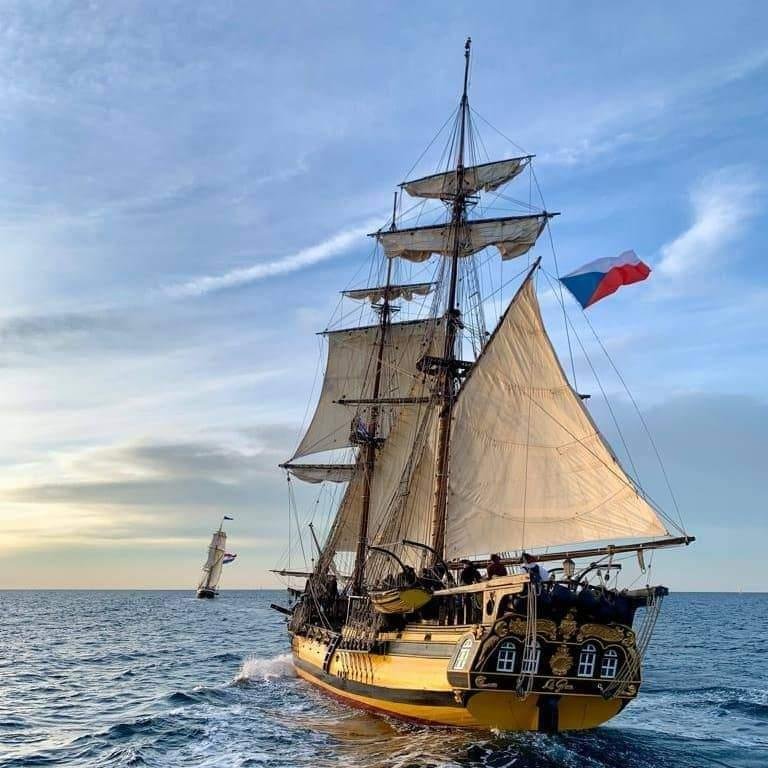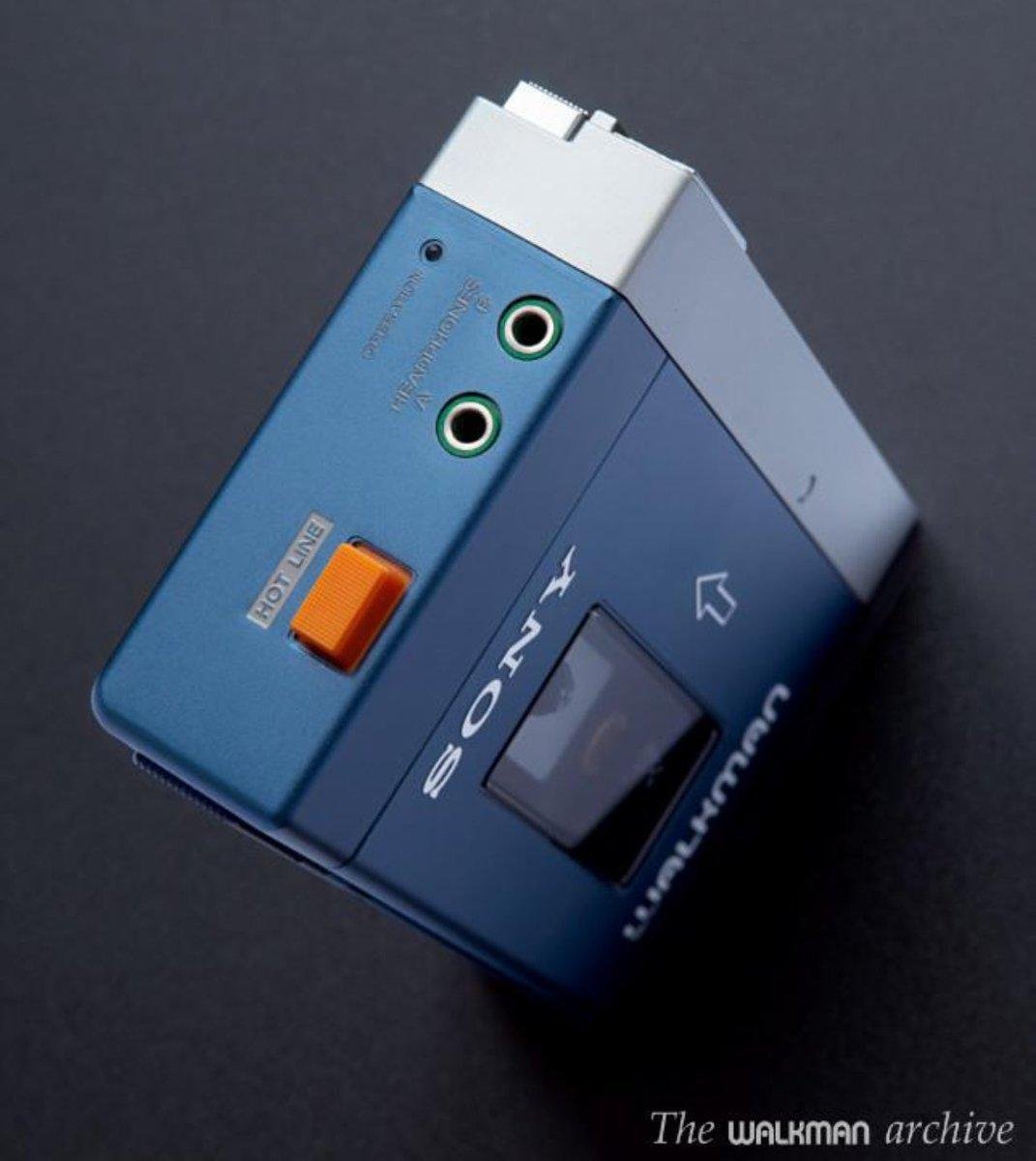Mariah Carey's "All I Want for Christmas Is You" hit #1 on Billboard charts for the 6th straight year.
Since the release in 1994, it's earned Carey an estimated ~$100m, with annual royalties now at $3m+ (concentrated in Nov/Dec).
The legendary detail: it took <1 hour to create.
In 1993, Carey released her best-selling album ever: Music Box (it sold 28m copies).
Her and her ex-husband Tommy Mottola were thinking of a way to follow up the smash.
Mottola — the CEO of Sony Music (which owned Columbia Records) — pitched a Christmas album, but Carey thought it was gimmicky and meant for aging artists or those on the downswing.
He eventually convinced her to do an album of classic Christmas tunes and an original track.
In the summer of 1994, Mariah decorated her home studio in Christmas swag and got to work with her writing partner Walter Afanasieff.
The two differ on exact details (and had a multi-decade falling out over the song’s credit and that sweet sweet cheddar) but there is agreement that the original music and composition was done in about an hour.
Afanasieff says of the studio session: “It was like a game of ping-pong. I’d hit the ball to her, she hits it back to me.”
They polished it up over the next two weeks and a juggernaut was born. No Christmas hit has come close since.
Carey calls it one of her “greatest achievements”. And — as we anticipate it every year — she tweets out some version of “It’s TIME” at the start of November.
Most of the popular holiday canon is 50+ years old:
Bing Crosby’s “White Christmas” (1942)
Bing Crosby’s “I’ll Be Home for Christmas” (1943)
Gene Autry’s “Rudolph the Red Nose Reindeer” (1947)
Bobby Helm’s “Jingle Bell Rock” (1957)
Brenda Lee’s “Rocking Around the Christmas Tree” (1958)
Ella Fitzgerald’s “Jingle Bells” (1960)
Wham’s “Last Christmas” (1984)
Unsurprisingly, Mariah’s track borrows melodies, instruments and bells from the oldies (which prob helps with that nostalgia factor).
All of this is a long way of saying: Mariah created one of the best passive income streams ever (and we about to hear the song 1000x times in next few weeks).
Since the release in 1994, it's earned Carey an estimated ~$100m, with annual royalties now at $3m+ (concentrated in Nov/Dec).
The legendary detail: it took <1 hour to create.
In 1993, Carey released her best-selling album ever: Music Box (it sold 28m copies).
Her and her ex-husband Tommy Mottola were thinking of a way to follow up the smash.
Mottola — the CEO of Sony Music (which owned Columbia Records) — pitched a Christmas album, but Carey thought it was gimmicky and meant for aging artists or those on the downswing.
He eventually convinced her to do an album of classic Christmas tunes and an original track.
In the summer of 1994, Mariah decorated her home studio in Christmas swag and got to work with her writing partner Walter Afanasieff.
The two differ on exact details (and had a multi-decade falling out over the song’s credit and that sweet sweet cheddar) but there is agreement that the original music and composition was done in about an hour.
Afanasieff says of the studio session: “It was like a game of ping-pong. I’d hit the ball to her, she hits it back to me.”
They polished it up over the next two weeks and a juggernaut was born. No Christmas hit has come close since.
Carey calls it one of her “greatest achievements”. And — as we anticipate it every year — she tweets out some version of “It’s TIME” at the start of November.
Most of the popular holiday canon is 50+ years old:
Bing Crosby’s “White Christmas” (1942)
Bing Crosby’s “I’ll Be Home for Christmas” (1943)
Gene Autry’s “Rudolph the Red Nose Reindeer” (1947)
Bobby Helm’s “Jingle Bell Rock” (1957)
Brenda Lee’s “Rocking Around the Christmas Tree” (1958)
Ella Fitzgerald’s “Jingle Bells” (1960)
Wham’s “Last Christmas” (1984)
Unsurprisingly, Mariah’s track borrows melodies, instruments and bells from the oldies (which prob helps with that nostalgia factor).
All of this is a long way of saying: Mariah created one of the best passive income streams ever (and we about to hear the song 1000x times in next few weeks).
Mariah Carey's "All I Want for Christmas Is You" hit #1 on Billboard charts for the 6th straight year.
Since the release in 1994, it's earned Carey an estimated ~$100m, with annual royalties now at $3m+ (concentrated in Nov/Dec).
The legendary detail: it took <1 hour to create.
In 1993, Carey released her best-selling album ever: Music Box (it sold 28m copies).
Her and her ex-husband Tommy Mottola were thinking of a way to follow up the smash.
Mottola — the CEO of Sony Music (which owned Columbia Records) — pitched a Christmas album, but Carey thought it was gimmicky and meant for aging artists or those on the downswing.
He eventually convinced her to do an album of classic Christmas tunes and an original track.
In the summer of 1994, Mariah decorated her home studio in Christmas swag and got to work with her writing partner Walter Afanasieff.
The two differ on exact details (and had a multi-decade falling out over the song’s credit and that sweet sweet cheddar) but there is agreement that the original music and composition was done in about an hour.
Afanasieff says of the studio session: “It was like a game of ping-pong. I’d hit the ball to her, she hits it back to me.”
They polished it up over the next two weeks and a juggernaut was born. No Christmas hit has come close since.
Carey calls it one of her “greatest achievements”. And — as we anticipate it every year — she tweets out some version of “It’s TIME” at the start of November.
Most of the popular holiday canon is 50+ years old:
▫️Bing Crosby’s “White Christmas” (1942)
▫️Bing Crosby’s “I’ll Be Home for Christmas” (1943)
▫️Gene Autry’s “Rudolph the Red Nose Reindeer” (1947)
▫️Bobby Helm’s “Jingle Bell Rock” (1957)
▫️Brenda Lee’s “Rocking Around the Christmas Tree” (1958)
▫️Ella Fitzgerald’s “Jingle Bells” (1960)
▫️Wham’s “Last Christmas” (1984)
Unsurprisingly, Mariah’s track borrows melodies, instruments and bells from the oldies (which prob helps with that nostalgia factor).
All of this is a long way of saying: Mariah created one of the best passive income streams ever (and we about to hear the song 1000x times in next few weeks).


















